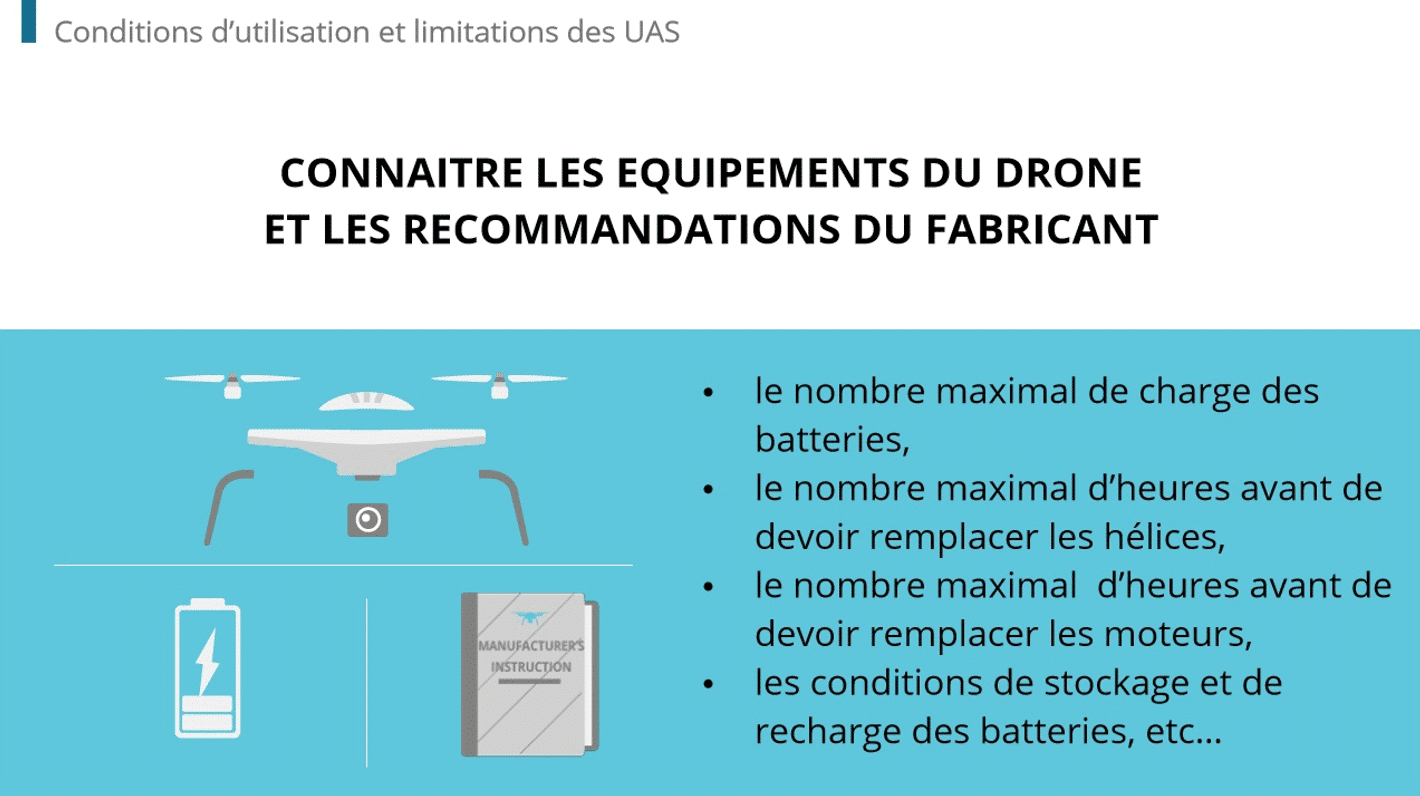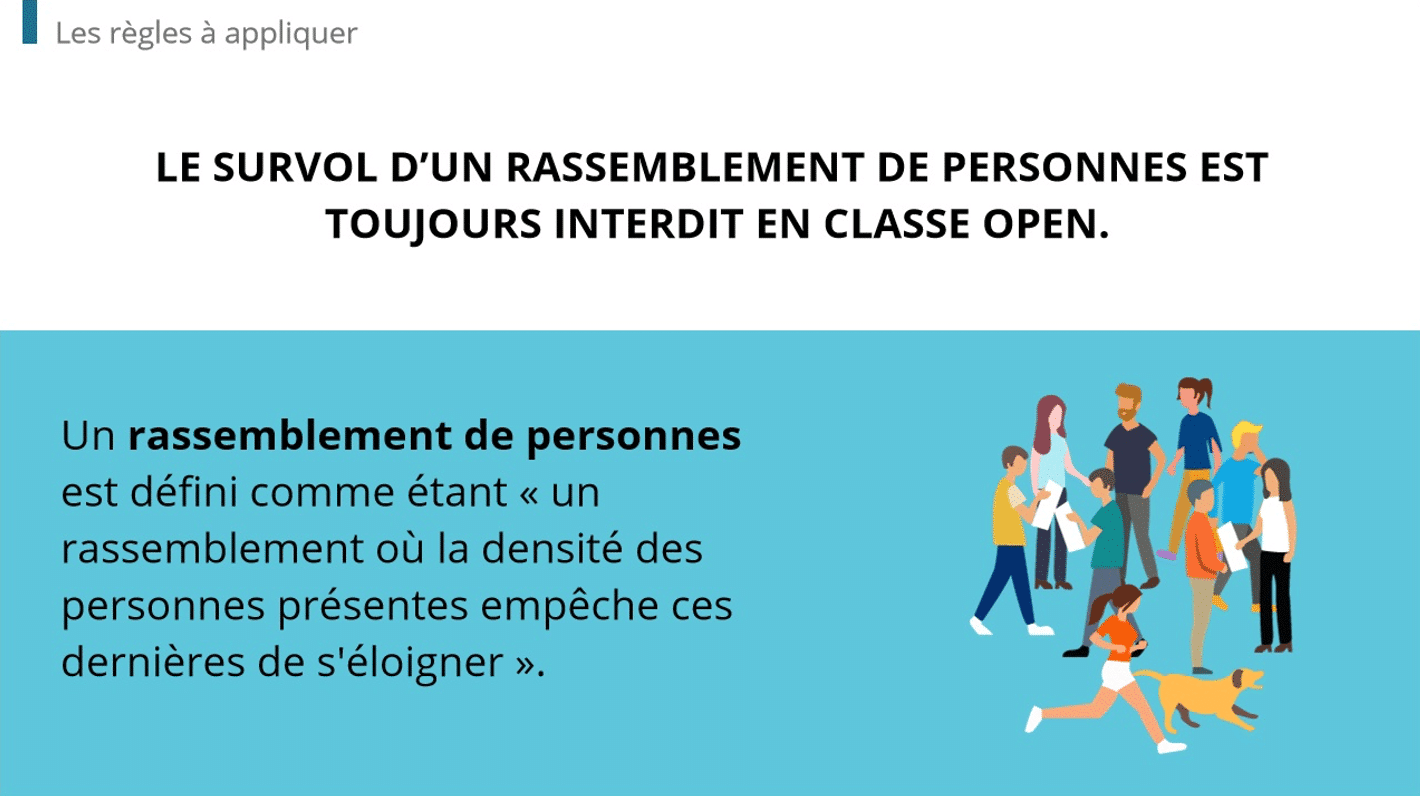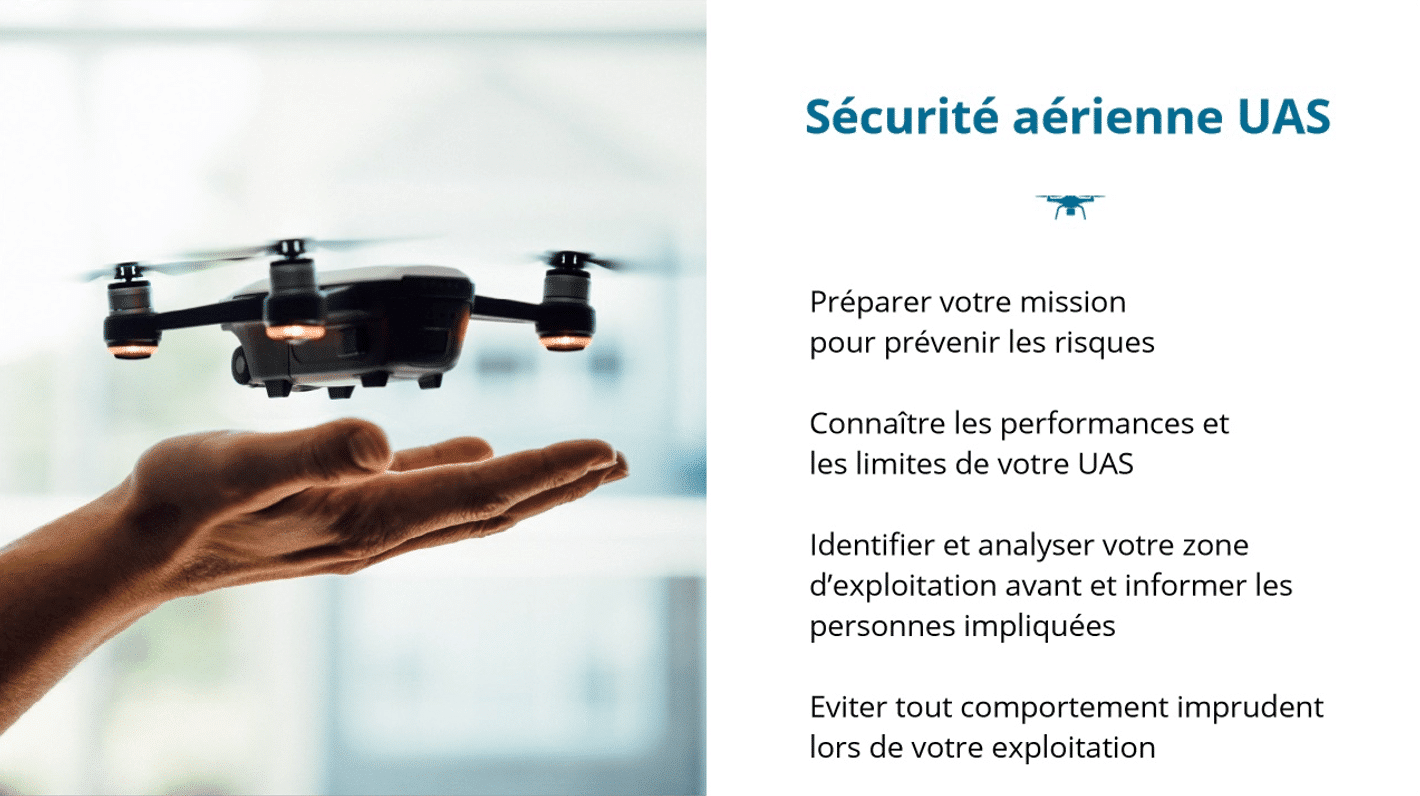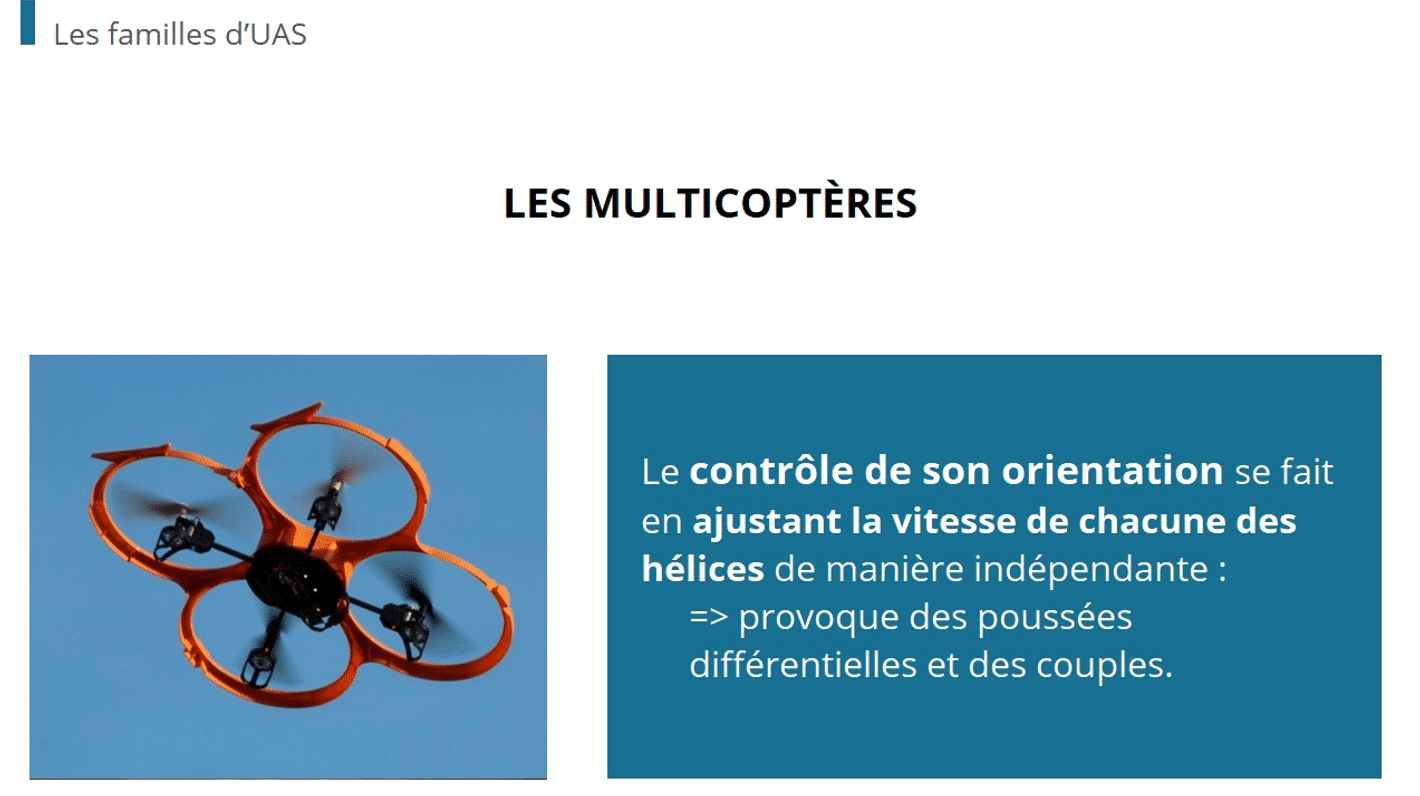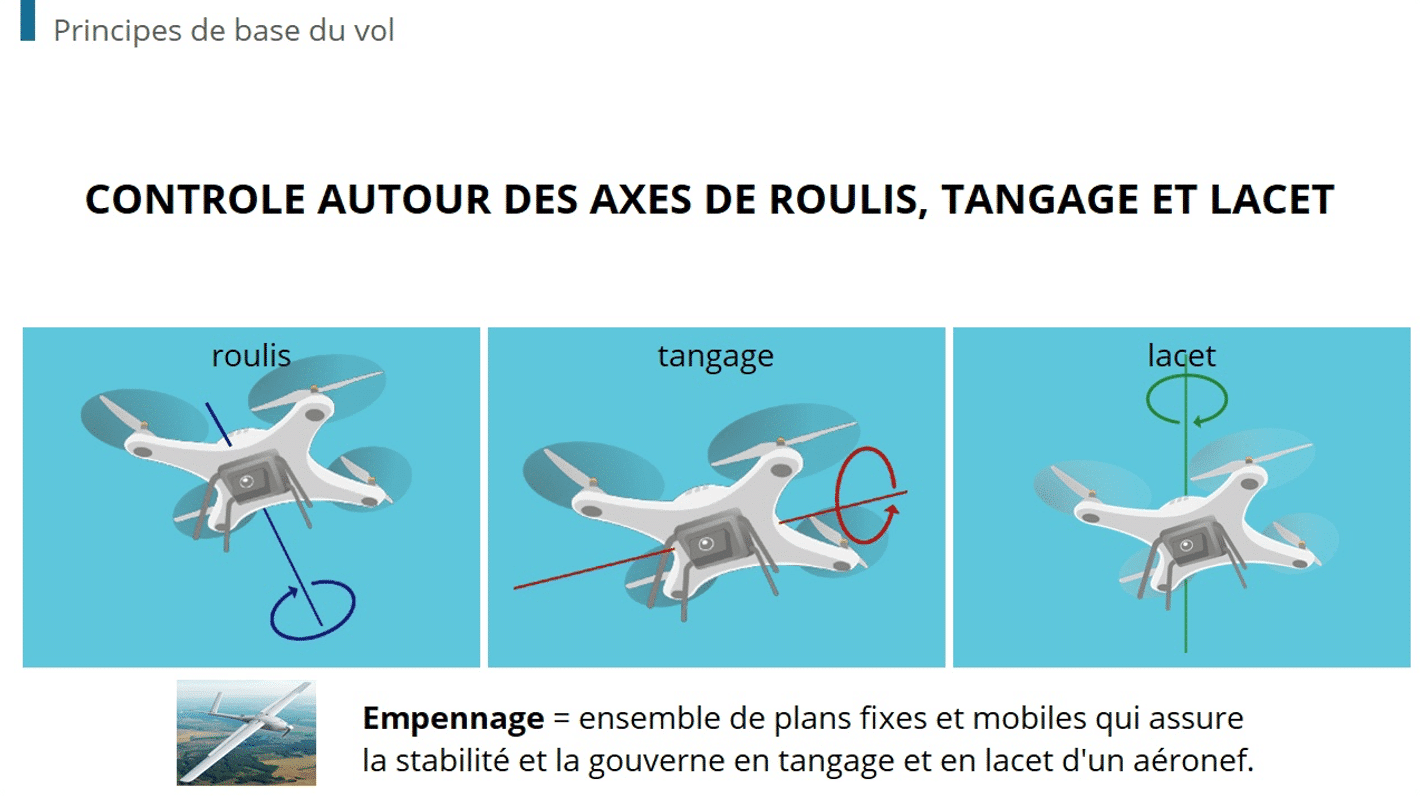Twenty years ago, diversity and inclusion training would have probably sounded pretty foreign to business leaders. Today, however, it’s become a vital part of running a fair, effective, inclusive business—regardless of your industry.
But building a successful inclusion training program isn’t as easy as it seems. You may find yourself wondering where to begin. That’s where a learning management system (LMS) comes in.
Today, we’ll be talking you through how an LMS can help you create an engaging and powerful diversity and inclusion training program, fast.
What is diversity and inclusion training?
For most businesses, it’s essential to take proactive steps toward diversifying. Whether it’s due to unconscious bias, unfair career progression practices, or overt racism, many businesses are, without realizing it, not particularly diverse or inclusive. And this is no one person’s fault. But, as research from McKinsey shows, creating a diverse and inclusive workplace can benefit everything from profit to growth to employee satisfaction.
Including diversity and inclusion training for your staff can help to reduce microaggressions and biased hiring decisions. Ultimately, it can lead to a happier, healthier, and more effective workplace.
In an inclusion training session, a group of colleagues will go through some materials and activities to learn about the inequalities that underlie society, and, in turn, almost every workplace. The goal of the session is to make room for reflection and discussion about how to make the workplace a more inclusive and diverse place.
How a learning management system can help you get started
A diversity and inclusion training program can do wonders in transforming the attitudes and experiences that occur at the office. But building a program that’s tailored to your business’s unique needs can be time-consuming and slow-going work. Luckily, a learning management system can help.
An LMS is the ideal place to collect, store, organize, and disseminate information within your organization. And the best part? It can all be done remotely. In fact, 77% of LMS users claim that their experience with the system has positively affected satisfaction, productivity, and teaching, especially during COVID. In other words, it’s the perfect tool for a business attempting to collate information for a functional, professional diversity and inclusion training program.
Building an inclusion training program: A step-by-step guide
With a system designed to build and run diversity and inclusion training programs—such as the Dokeos LMS—you can centralize all of your inclusion training in one place. And once it’s all set up, it will run pretty much all on its own, meaning you just have to sit back and watch.
Step 1: Collect, store, and organize information
The first step is to collect the information and documents you wish to use as part of your inclusion training program. A mix of mediums can help to keep the program engaging and effective. Try mixing and matching:
- Infographics
- Data
- Statistics
- Presentations
- Reports
- Studies
Your LMS will help you to store all of this data in an organized, convenient way so that you can use it to build the ideal program for your unique needs.
Step 2: Create training paths
A training program LMS will then provide you with the tools to build training pathways. So, if you want to create different programs for various subsets of employees, here’s where you can organize your information accordingly.
Create training paths that will take your employees through specific information when they take part in the program.
Step 3: Disseminate information
Once you’ve built the training paths, the LMS will be able to run the training program remotely for every employee who needs to do the training—it’s as simple as that!
Step 4: Create evaluation paths for employees
An LMS will also allow you to build evaluation pathways. That way, you and other managers will be able to track how employees are doing. You’ll be able to quickly assess which employees have completed the training, how well they did on any in-training tests, and whether they’ve left any feedback on the experience.
Step 5: Keep your training program up to date
One of the best things about using an LMS to build your inclusion training program is that it makes it incredibly easy to update existing programs with new statistics, data, or presentations in a matter of moments. So, the final step is to keep your training programs as relevant and effective as they can be.
Get started with the Dokeos LMS
Dokeos offers a sophisticated, highly functional LMS to help you build a tailored inclusion training program for your employees. Our LMS will take you through a simple step-by-step building process so that you can get up and running in no time.
Get started with a free trial to see what is possible with Dokeos today.








